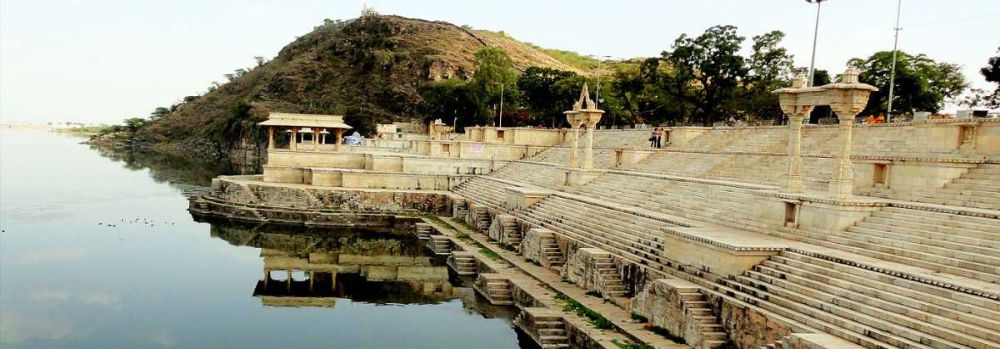

Rajsamand Lake, also known as Rajsamudra Lake, is a significant historical landmark located near the town of Nathdwara in the Indian state of Rajasthan. Constructed in the 17th century by Maharana Raj Singh I of Mewar, the lake was created to provide relief from famine and drought by harnessing monsoon waters. The lake's inception signified a major advancement in water management and agricultural practices during that era.
Historically, the lake has also been a testament to the region's architectural prowess, with the beautiful Nauchowki or Nine Pavilions, which are a series of ghats (steps leading down to the lake) and pavilions beautifully carved with images of the sun, gods, birds, and elaborate designs. These ghats not only served a practical purpose but also stood as a cultural canvas reflecting the art and ethos of the times.
Over the years, Rajsamand Lake has emerged as a tourist destination for people interested in history, culture, and scenic beauty. With its serene waters and panoramic views of the surrounding hills, it offers a tranquil escape for visitors. The area surrounding the lake is ideal for picnics, bird watching, and photography, making it a favorite among families and nature enthusiasts.
Tourism at Rajsamand Lake also interconnected with the pilgrimage city of Nathdwara, which is renowned for its temple of Shrinathji - a manifestation of Lord Krishna. The city attracts thousands of pilgrims annually who come to visit the temple and often extend their stay to explore Rajsamand Lake and other nearby attractions.
In recent times, there has been a focus on promoting sustainable tourism practices around Rajsamand Lake. This includes initiatives to maintain the cleanliness of the lake, preserve its historical sites, and offer better facilities for tourists while ensuring that the local culture and environment are respected.
Adventure sports and cultural festivals are increasingly being incorporated into the local tourism offerings. These activities are not only amplifying the appeal of Rajsamand Lake among the younger demographic but are also bringing a new dynamic to the traditional image of the region.
Technological advancements have also had a significant impact on tourism trends in the area. The increasing use of social media and online travel services has made Rajsamand Lake more accessible and inviting to tourists from across the globe. With a plethora of information and visuals available online, potential visitors can virtually explore the region before deciding to experience its beauty in person.
With its rich historical background and evolving tourism landscape, Rajsamand Lake continues to play a vital role in showcasing the cultural and natural heritage of Rajasthan. It remains a cherished site for both domestic and international visitors, offering a blend of historical grandeur and modern-day leisure.